|
Malay rose apple, red guava and mountain apple are some of the names by which our local Pomerac is known?
0 Comments
From his first creation of curried chicken at age eight, to booking one of the top 12 spots on Season 5 of MasterChef Canada, Trinidadian Jonathan Rahim is just getting started.
Originally from Port-of-Spain, Rahim moved to Canada as a young child and now resides in Winnipeg. Growing up in the northern climate, however, did not change his love for West Indian flavours which continue to feature prominently in his dishes. The 33-year-old real estate agent, who has always had a knack for cooking, wowed judges with his audition dish of Ghost Pepper Stew Chicken with Rice and Peas, and Mango Slaw on the season’s first episode which aired on April 3, 2018. Chef and Restaurateur Alvin Leung was immediately impressed by the heat of the dish, which he said complemented the sweet flavour of the stew. “The taste is amazing. I get that very sharp heat from the ghost pepper, but it’s being neutralised by the sweetness of the sauce. It’s a very balanced dish,” Leung told a beaming Rahim. Fellow judges Claudio Aprile and Michael Bonacini shook their heads in agreement. Leung then surprised the Trinidadian-Canadian with an apron with his name printed in red across the front, signifying that he had secured his spot on the show. Rahim, whose dream is to take a culinary tour of the world is determined to succeed during his time on MasterChef Canada. Source: The Loop On Washington Island, drinking Angostura shots is the rule, not the exception. ANGOSTURA, THE BITTERS PACKAGED IN the ubiquitous, yellow-topped bottles, can be found on nearly every bar in the world. Typically, a dash or two of the potent liquid is enough to add an earthy, sharp tang to any drink. But on Washington Island—a remote locale off the tip of a tiny peninsula, surrounded by Lake Michigan in the northernmost part of Wisconsin—people do things a bit differently. To truly drink like a local, you must take a full one-ounce shot of Angostura at Nelsen’s Hall Bitters Pub (as one of only a handful of bars on the island, that means pretty much every resident is a regular). According to the card you receive as an initiated member of the “Bitters Club,” that shot means you are “now considered a full-fledged islander and are entitled to mingle, dance, etc. with all the other islanders.” It’s curious why anyone would want to willingly do shots of Angostura in the first place. But somehow this minuscule island, with a population of around 718 people, not only instituted a strange tradition, but also became the world’s single-largest consumer of the bitters brand. Washington Island’s fascination with Angostura Bitters can be traced, like a handful of American drinking practices, back to Prohibition. Tom Nelsen first arrived on Washington Island in the late 1800s as part of a wave of Danish immigration. He not only traversed the northernmost reaches of Wisconsin, but also then crossed the choppy, treacherous stretch of water known as the Death’s Door Strait, so named because of the many shipwrecks that occurred there. He survived the journey, and opened his dance hall on the island in 1899, adding a bar three years later. At the time, it served up drinks just like anywhere else. But after the Eighteenth Amendment kicked off in 1920, effectively prohibiting the production and sale of alcohol, Tom was at a loss. Then, he found the perfect loophole that would allow him to keep doling out drinks. He would sell bitters, marketed as a “stomach tonic for medicinal purposes.” “During Prohibition, Tom got a pharmaceutical license so he could legally sell bitters,” says Sarah Jaworski, whose parents have owned Nelsen’s since 1999. This loophole wasn’t quite the same as that used by doctors who prescribed alcohol during Prohibition. Rather, the bitters were classified as a “stomach tonic for medicinal purposes” instead of alcohol, meaning that a doctor’s prescription wasn’t required. “Medicinal tinctures are usually taken in smaller doses, but since Angostura bitters are 90 proof, he was able to legally sell it as a tincture,” she says. “He just sold it as shots.” Serving up shots of bitters at Nelsen’s Hall. DOOR COUNTY VISITOR BUREAU Tom’s tonic proved to be extremely popular among locals, many of whom apparently suffered from previously-undiagnosed stomach ailments until then. In fact, customers who kept Nelsen’s open for the entirety of Prohibition are directly responsible for the pub being the oldest continuously-operating tavern in Wisconsin. That’s despite more than one visit from the feds, who harbored their doubts about the island’s sudden onset of tummy troubles, but were never able to successfully shut down the pharmacy-cum-bar. Prohibition was repealed in 1933. Though the pub eventually resumed normal operations, and even after a full bar was reinstated, the bitter shots had embedded themselves in the island’s drinking traditions. Shots of Angostura continued to be one of the most popular items on the menu. Tom himself is said to have consumed up to a pint (about eleven shots!) of bitters every day. “The bitters were a huge part of his life,” Jaworski says. “He lived to the ripe old age of 90, and drank his bitters until the very end.” In the mid-twentieth century, Tom’s nephew, Gunnar, and his wife, Bessie, took over the pub and carried on his legacy by founding the Bitters Club, which has continued under several different owners. The club has proved so popular that Nelsen’s is officially the largest purveyor of Angostura bitters in the world. According to a representative from Angostura, the bar singlehandedly sells upwards of 10,000 shots every year. Many members of the club have told Jaworski that the experience inspired them to buy bitters for their home bar, though more often to use in Old Fashioneds than as shots. “We go through case after case,” says Jaworski. “Busy weekends we’ll go through three cases of bitters. When we get a first-timer who wants to join the club, we try to be encouraging. We tell them that it smells like clove, and that it’s not going to be as bad as they expect.” Maryn McKenna was one of those first-timers when she arrived in Washington Island with a boyfriend in 1992. The two visited the island on a whim and wandered into Nelsen’s knowing nothing about its specialty. “We stepped into this big white building where there seemed to be lots of people at the bar, and someone was slamming back a shot glass and gagging,” McKenna recalls. Naturally, she was intrigued. “I had never heard of the Bitters Club. I’d never even heard of Nelsen’s. Anyway, they poured the Angostura, I tossed it down, I didn’t choke, and the bartender stuck her thumb in the dregs. She stamped my card with a thumbprint and initialed it, gave me my card, and wrote my name in a ledger.” 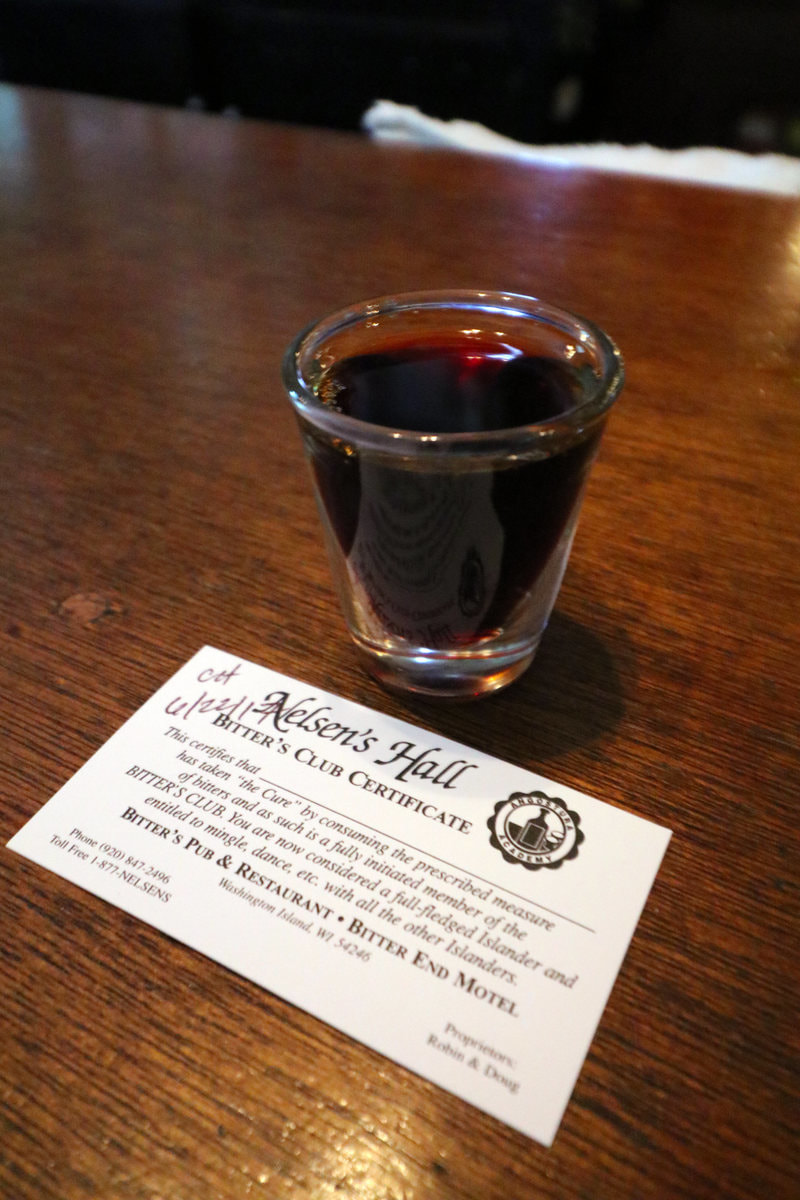 A shot of bitters, and a card inaugurating someone into the Bitter’s Club. DOOR COUNTY VISITOR BUREAU Nelsen’s has evolved Tom’s tradition by integrating Angostura into some of its other offerings, such as the “Bitters Burger” special, where Angostura is used to season the burger patties before they’re cooked. And the several times a year the bar makes a ham, they use bitters instead of traditional spices, too. But Nelsen’s is cautious about over-using the potent flavor. “We don’t incorporate it in too many other places because it stands out and speaks for itself,” Jaworski says. “The island is a unique place, and our relationship with the bitters is part of what makes it that way.” Tom Nelsen himself. COURTESY OF RICK HEINEMAN AND WASHINGTON ISLAND HISTORY People say that when the feds brought Tom to court during the dry years to challenge his pharmacy’s legitimacy, he poured the judge a shot of bitters. The judge knocked it back, and then declared that anyone crazy enough to drink Angostura should be allowed to continue. Nelsen would probably be thrilled to know that they have.
Source: Leigh Kunkel from the Atlas Obscura, March 5, 2018. Trinbagonians have the art of doubles down to a science. Here are some thoughts on what makes a good doubles. 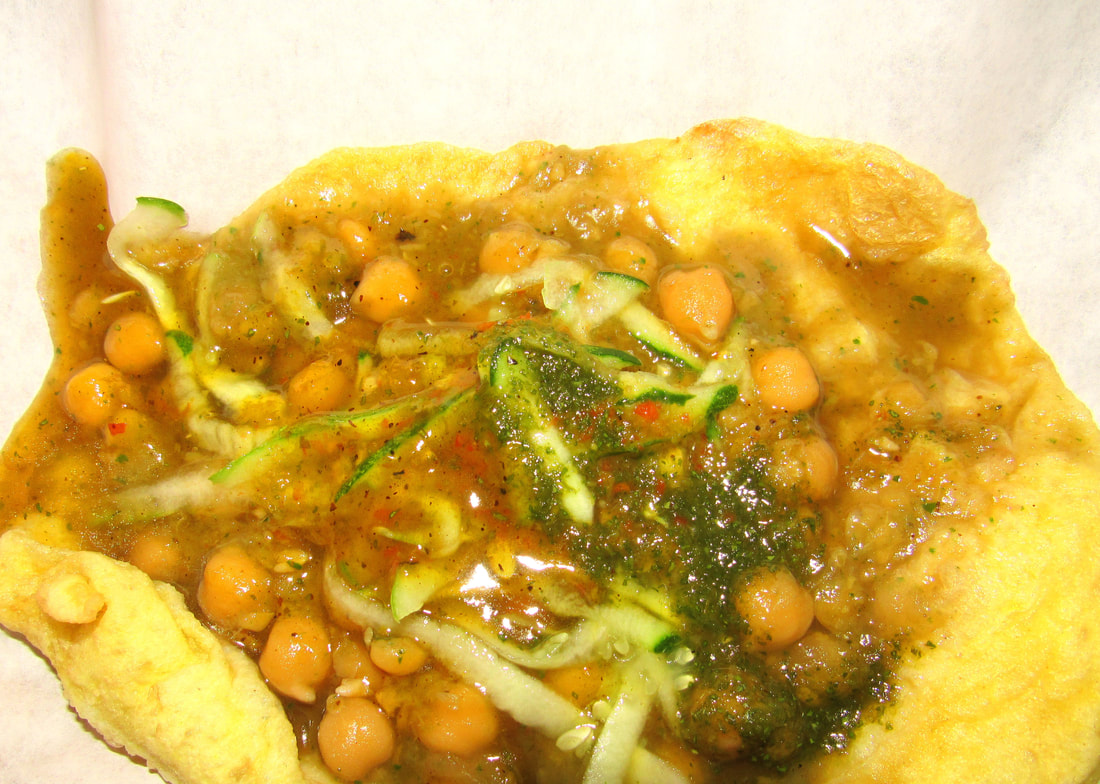 When it comes to the vast array of street food found in Trinidad and Tobago, many will attest to doublesbeing the main squeeze. Bae, as the young people tend to say. Here are a couple signs, submitted by locals, to help you choose a doubles vendor. “When you’re not sure the person is eating the doubles or making love. The look on their face is as though the doubles is hitting the right spot and for that moment in time nothing else exists in the world.” “Sometimes, all it takes is one bite to feel as though you’ve transcended and you’re convinced the sauce reached your soul.” “It must have a particular texture. The barra must be light and airy when freshly fried and the insides must have the right proportion of mashed channa to soft whole channa grains. The texture is very important and something a lot of people tend to overlook. It’s a beautiful dance of sweet, salt, and spice.” “If the doubles vendor isn’t selling Solo Apple J then what’s the point?” “The barra needs to be light without overuse of saffron and not too thick. The channa must be perfectly sized and well-seasoned. Pepper must compliment the doubles, with a touch of chadon beni and sweet sauce, but not too much.” When the pepper is hot and your nose is dripping but you still continue blissfully.” “Eating a bess (great) doubles has its own sound bite and it goes like “tssssss ahh.” “When your entire body is involved in the eating process. You involuntarily start nodding your head, your feet start moving, and for some people, even waist starts pelting (wining, also dancing).” “A doubles is great when it doesn’t even need pepper or any extra sauces. It’s so good you even lick your elbows.” “When you lick the paper and then accidentally eat it.” “When you didn’t even realise you ate three doubles without stopping. Not speaking from experience or anything! :-)” P.S. “Never trust a doubles man who uses the white paper.” Source: Dizzanne Billy, Life in Trinidad 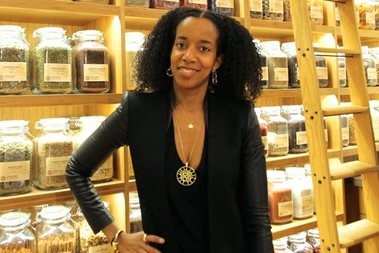 A meal of curried turkey, paratha and cauliflower choka helped T&T born chef Dr Winnette McIntosh Ambrose win the Chopped: Gold Medal Games Baking competition in an episode aired on the Food Network on Tuesday night. McIntosh Ambrose will now compete in the US$50,000 grand finale carded to be aired next Tuesday. In 2012 McIntosh Ambrose and her brother Timothy won the Food Network’s popular Cupcake Wars competition. McIntosh Ambrose, who graduated from the Massachusetts Institute of Technology (MIT) with her PhD in Biomedical Engineering, owns and operates a boutique bakery in Washington D.C called The Sweet Lobby. This year the Chopped kitchen launched the Gold Medal Games. The tournament featured 16 “world-class chefs”. Each week, four new chefs competed utilising their greatest culinary skill — frying, grilling, baking or speed. The winner of each episode would then gain a spot in the finale and a chance to take home the coveted gold medal and US$50,000. The baking episode was the last of the four competitions. “I am super excited competing among the best of the best pastry chefs and bakers but it is so important for me to prove that I can also tackle savoury, one way that I am doing that is through my Trinidadian heritage,” McIntosh Ambrose said. The competition comprised three rounds. In the first round, the competitors were given the breakfast dough and a cut of lamb to make their appetizer. McIntosh Ambrose made stuffed bake with jerk lamb and a ginger liqueur reduction. McIntosh Ambrose explained that “bake is a casual term for quick breads in Trinidad”. For the main meal, the competitors were given the ingredients smoked turkey legs, a roasted head of cauliflower, spaghetti rings and shredded phyllo dough. “My strategy in this round is to bowl the judges over with the complex flavours of my Trinidadian roots,” McIntosh Ambrose said. She made curried turkey, paratha and cauliflower choka. For the final round, the chefs were given the ingredients banana curd, caneles, freeze-fried blueberries and hot chocolate to make dessert. McIntosh Ambrose made blueberry cake with banana-hot chocolate sauce and meringue. After the three knock out rounds, McIntosh Ambrose was selected as the lone baking chef to advance to the grand finale next Tuesday. McIntosh Ambrose said if she wins the competition she will invest the money in The Sweet Lobby. Source: Joel Julien, Trinidad Guardian, January 25, 2018 This is farmer Heeralal ‘Nana’ Kissoon. He is from Carapichaima. And this is the giant cassava that he harvested last week. It weiged 26 pounds. Kissoon’s family asked us to share this. Have you seen anything bigger?
Source: Trinidad Express, Jan 11, 2018 Locally-produced Angostura bitters has topped the world as the number one selling bitters and number one trending bitters.
Angostura issued a statement on Thursday saying that Drinks International has released its Annual Bar Report 2018 and Angostura has swept both of the categories. Drinks International is one of the most trusted and respected global drinks journals. Its Annual Bar Report provides a snapshot of the buying habits of elite bars around the world. This year’s expanded list of voters included bar owners, managers and head mixologists from Drinks International’s World’s 50 Best Bars group, Asia’s 50 Best Bars, the Time Out Bar Awards, The Class Bar Awards, Taste of the Cocktail, and the Mixology and Australian Bartender Awards. “We are pleased with the results of the poll,” said Angostura Chief Executive Officer Genevieve Jodhan, “today’s bitters market is more competitive than ever and these awards show that Angostura bitters is truly in a class of its own.” Angostura bitters is made with the original closely guarded secret recipe first developed in 1824 by company founder, Dr. Johann Siegert. The brand is manufactured exclusively in Trinidad and Tobago and holds the Royal Warrant of Appointment to the Crown first granted to it in 1955. Source: CNC3 Jan 11, 2018 |
T&T news blogThe intent of this blog is to bring some news from home and other fun items. If you enjoy what you read, please leave us a comment.. Archives
July 2025
Categories
All
|



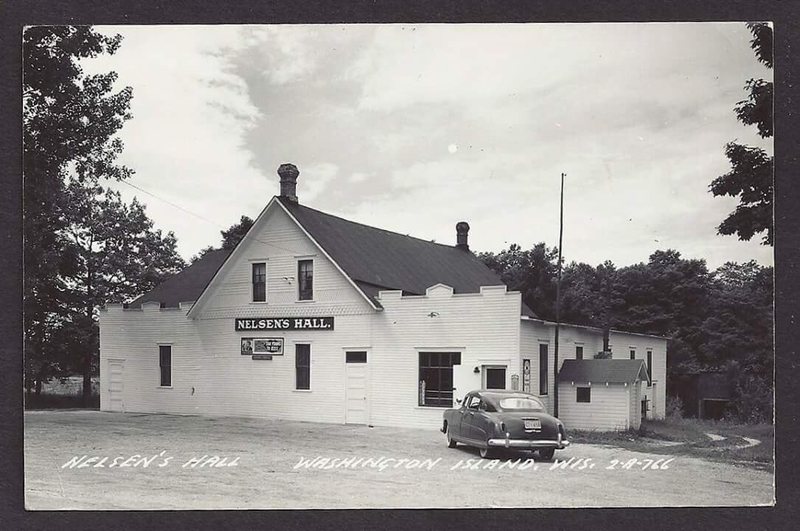
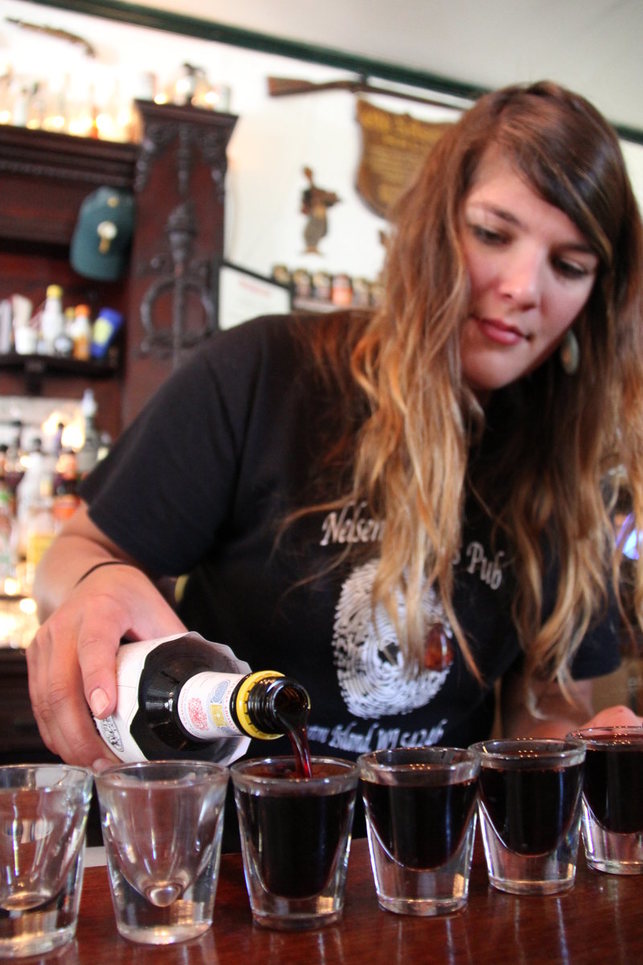
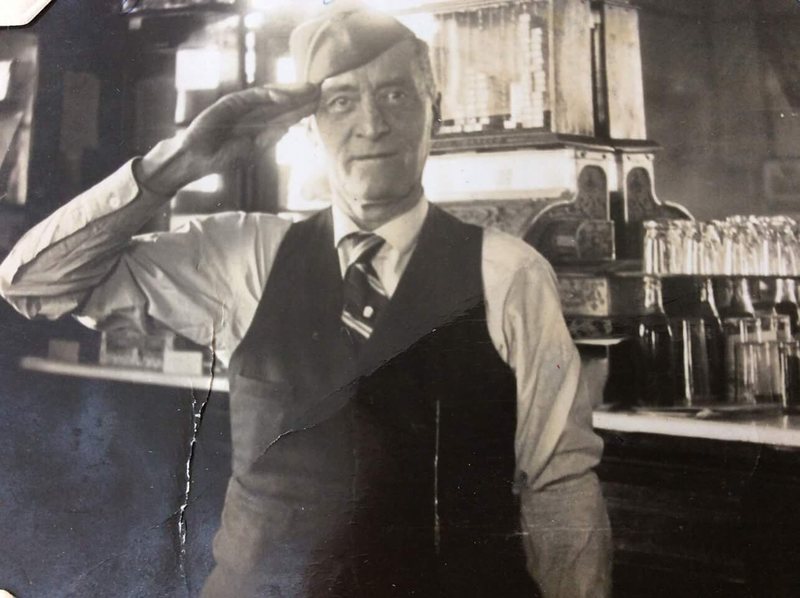
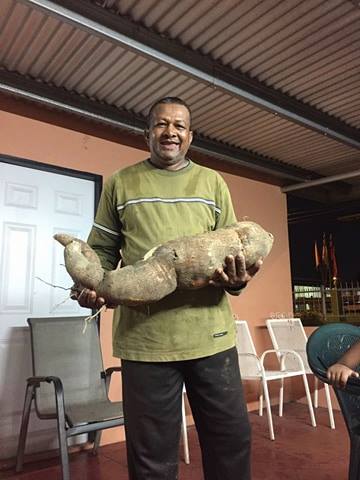
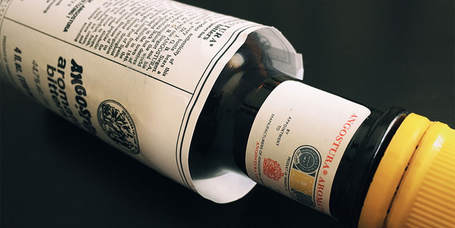
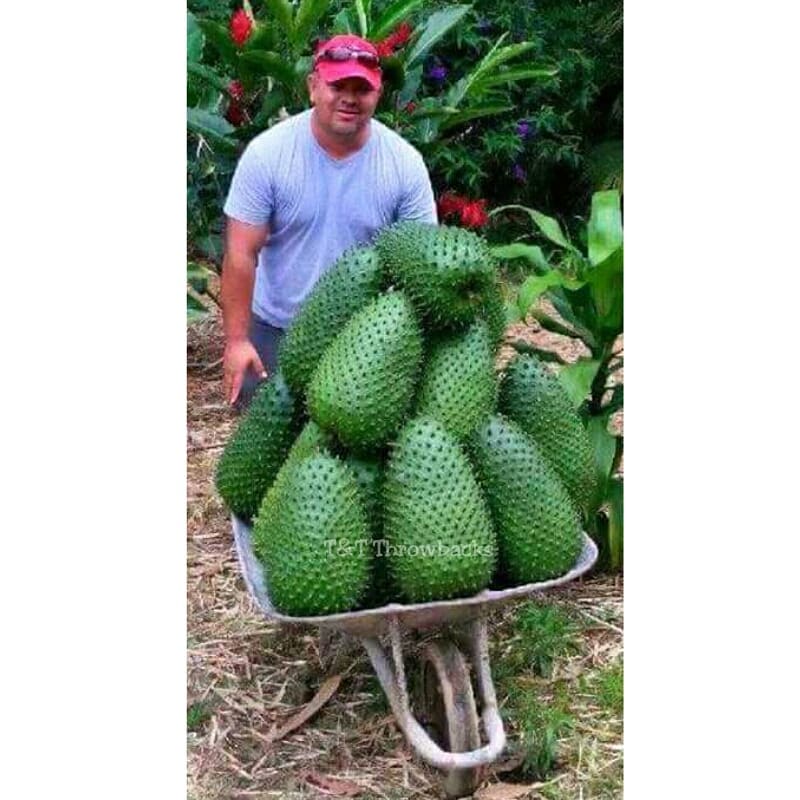
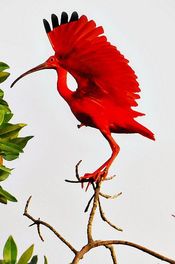
 RSS Feed
RSS Feed